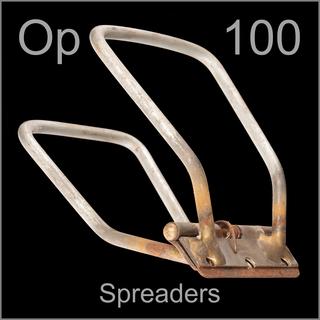 |
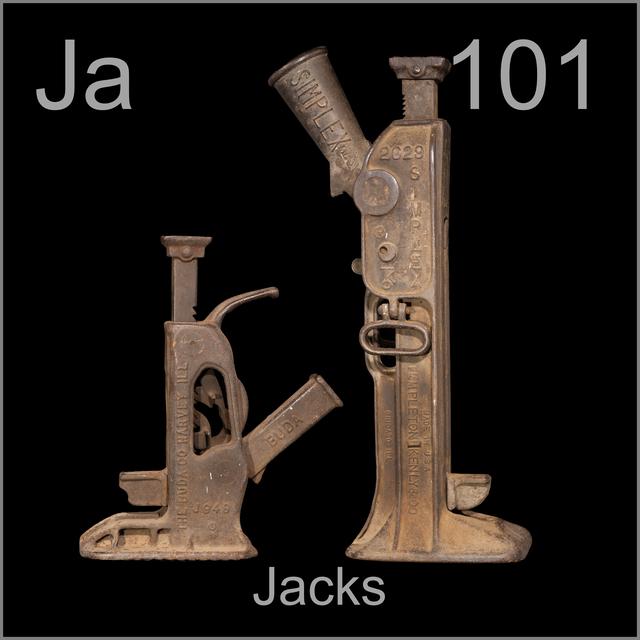
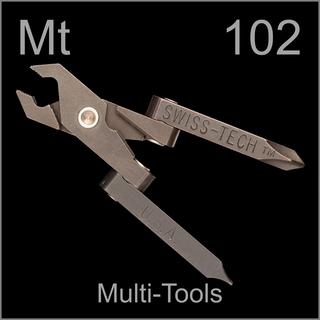 |
Leave a comment below! Or click on an individual tool to see more or leave a comment about that tool. |
|
 |
|
 |
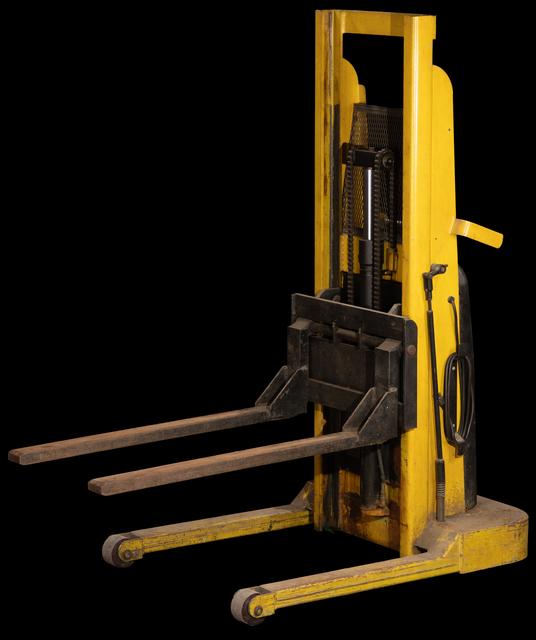 |
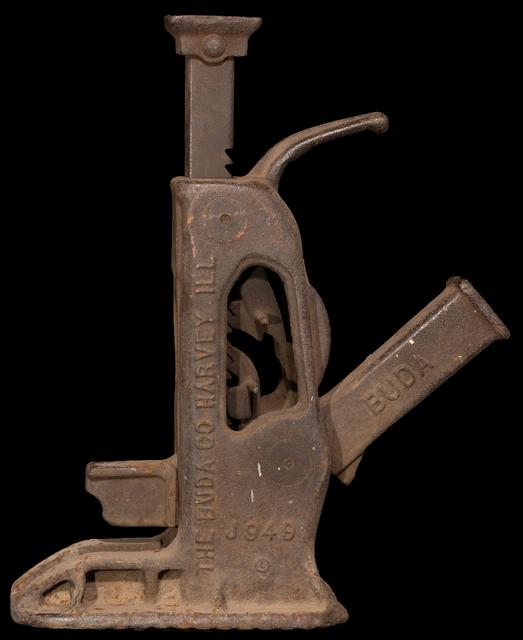 |
 |
| This is my biggest hydraulic jack. It will lift me and a friend over 30 feet (10m) into the air, which is slightly scary when you consider I paid under $200 for it at auction. However, close inspection of the design indicates that crashing to the ground is quite unlikely. Failure to lift happens more often. |
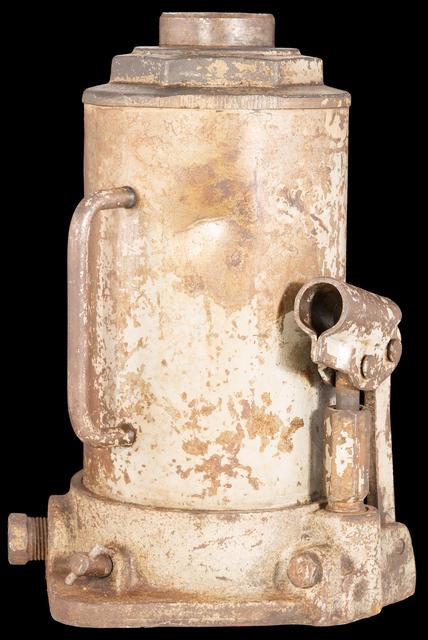 |
| The largest of these hydraulic bottle jacks can also lift 20 tons, but weighs much less than the antique one. These jacks range all the way down to a little baby 2-ton jack. |
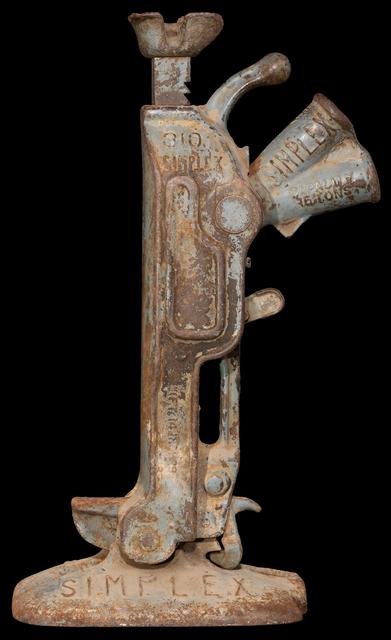 |
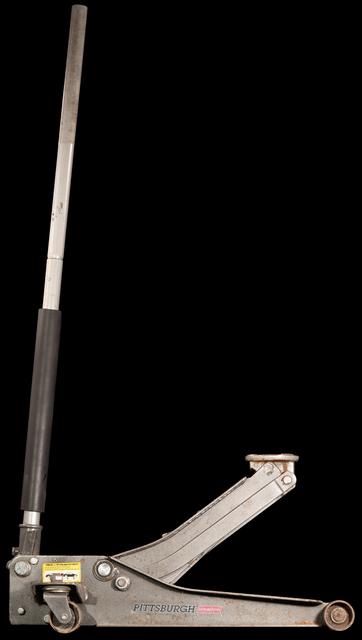 |
| This hydraulic floor jack is a much better way of lifting a car, but heavy and awkward to keep in your trunk. |
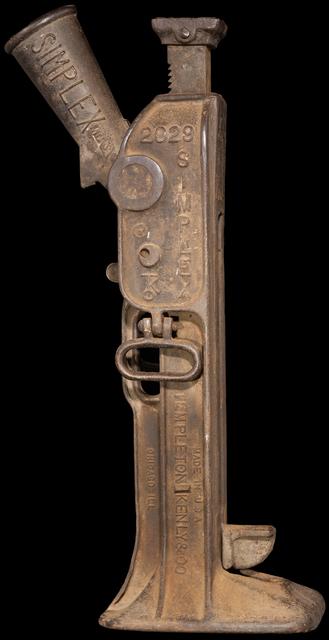 |
| This beautiful old 20-ton jack is too heavy for me to lift: I can only sort of drag it around. A wooden bar can be inserted in the handle to give you more leverage. |
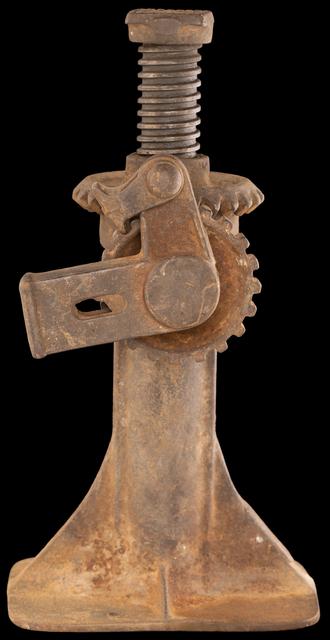 |
| This is an older style of screw jack, now largely superseded by more convenient hydraulic jacks. The ratchet flips to one side or the other, depending on whether you want to raise or lower the jack. |
 |
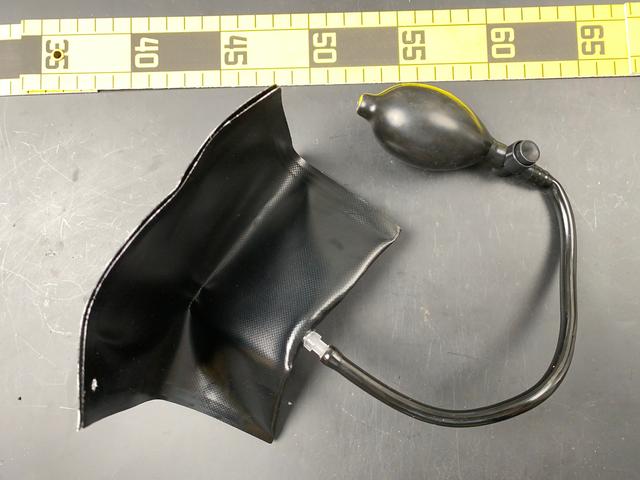 |
| This small air jack is designed to force open car doors. It’s simply a tough rubber bag that slips between the door and the car frame, then inflates when you squeeze the rubber bulb repeatedly. It can exert hundreds of pounds of force, as demonstrated by the fact that it can easily lift me standing on it. Larger versions are available to lift entire cars. |
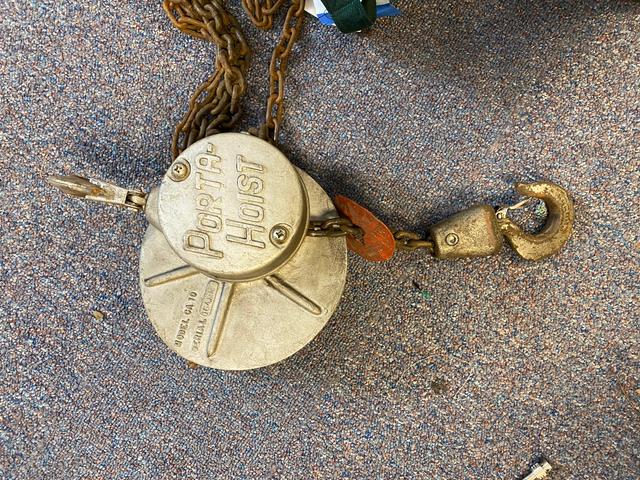 |
| Hoists, like this simple chain hoist, are like jacks that work from above. Just be sure you are supporting them from something strong enough to handle the weight. |
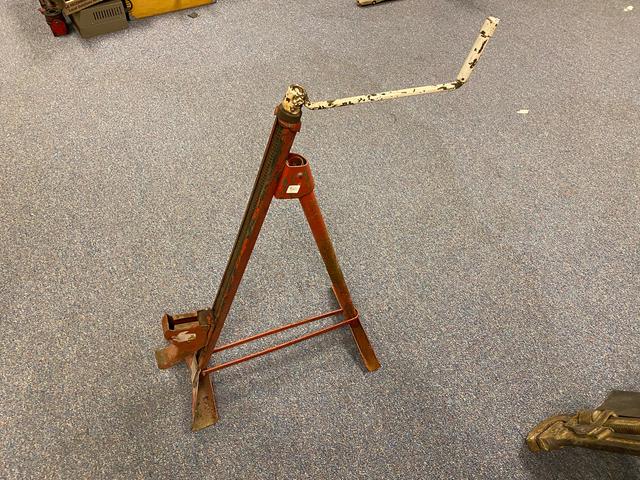 |
| This antique bumper jack uses a screw, like in a bench vise, to slowly raise up its lifting bracket. |
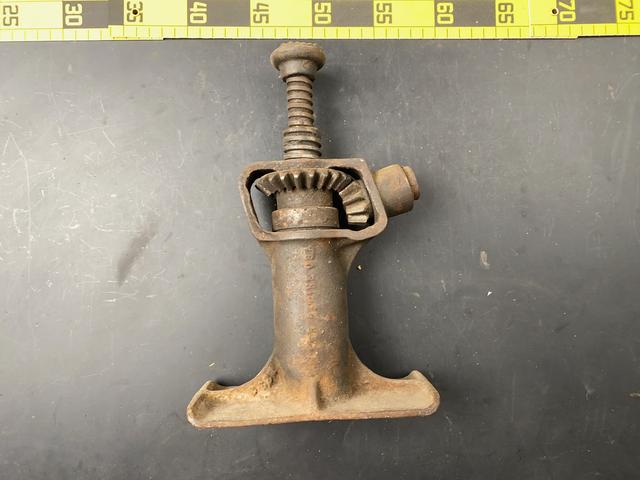 |
| Gear Jack |
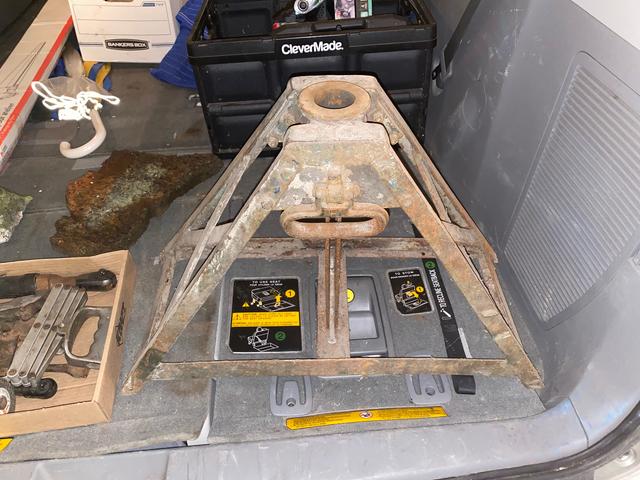 |
| Jack stands are designed to not be able to get any shorter, once there is weight on them. Some are more reliable than others, and nothing beats one that cannot be adjusted. Always put jack stands underneath anything heavy you are working under! |
 |
| Gear Jack |
 |
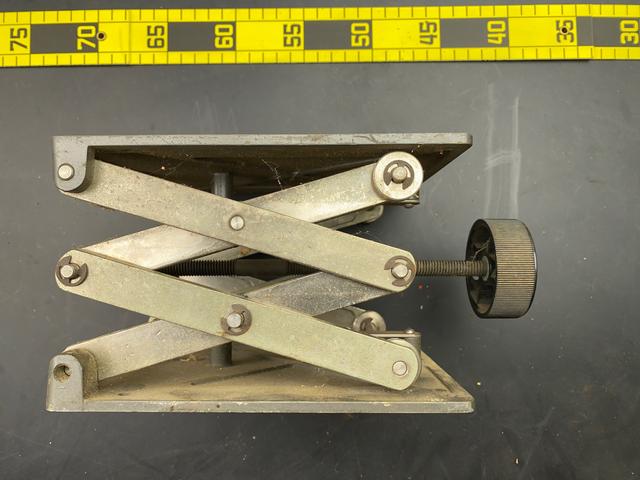 |
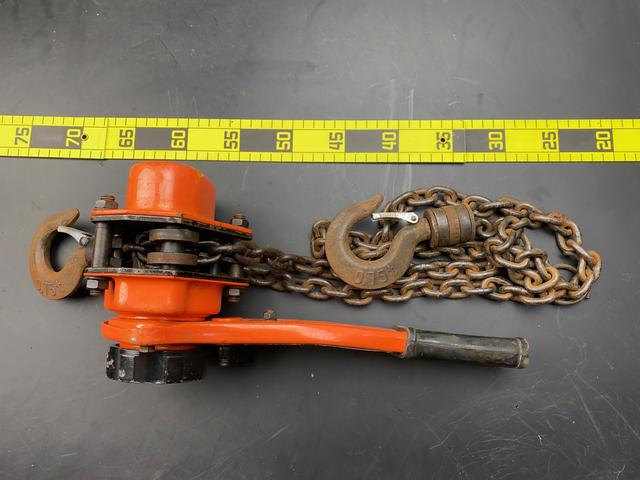 |
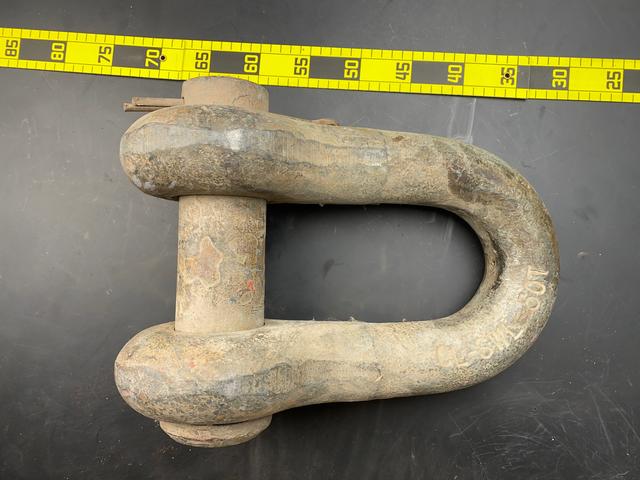 |
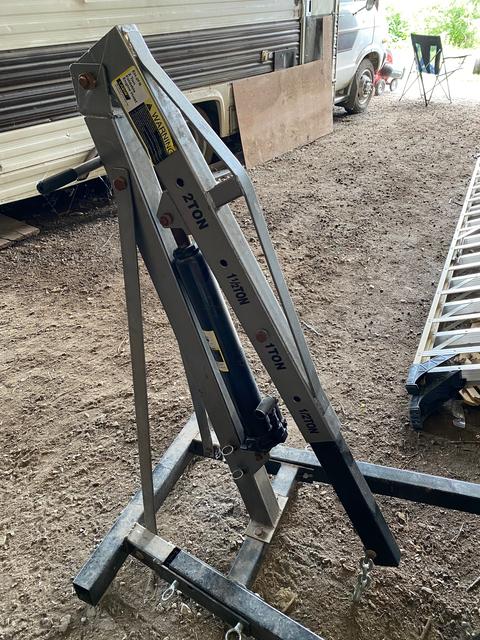 |
| This engine hoist is used to lift car engines out of their host cars so they can be worked on, or replaced if the work goes badly. |
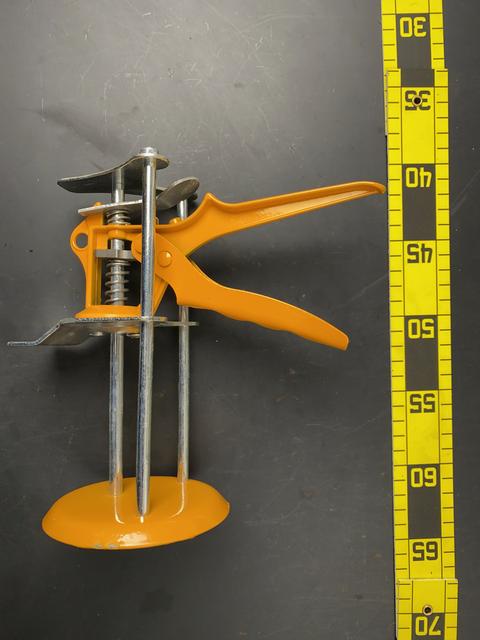 |
| This small jack works like a bar clamp with differently-shaped jaws. It is meant to position cabinets or paneling before they are fastened to the wall. |
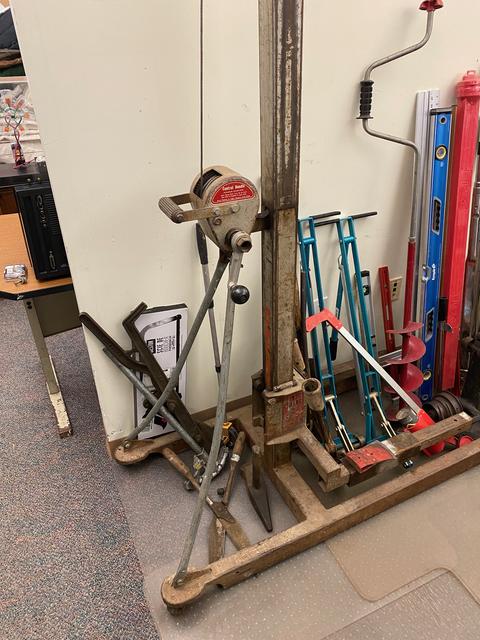 |
Do you have a better example of this kind of tool? Let me know by leaving a comment, and include a picture of it if you can so everyone can see!